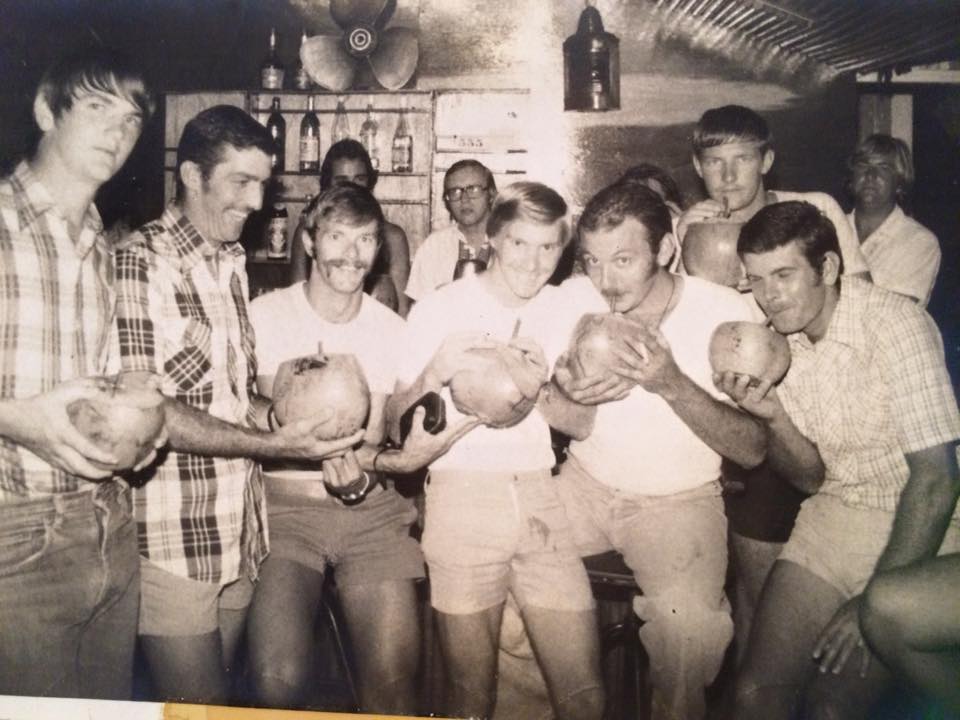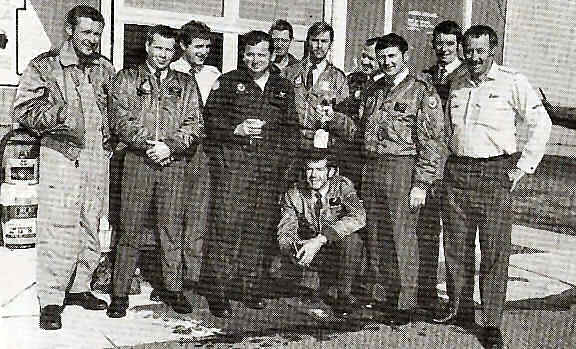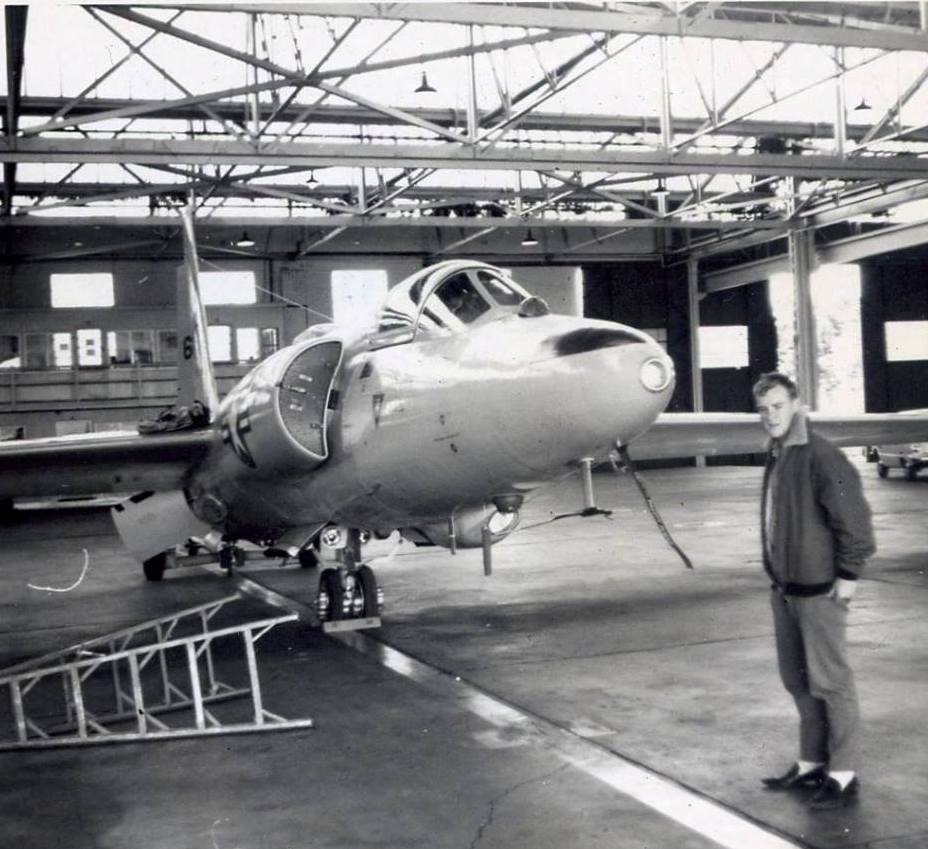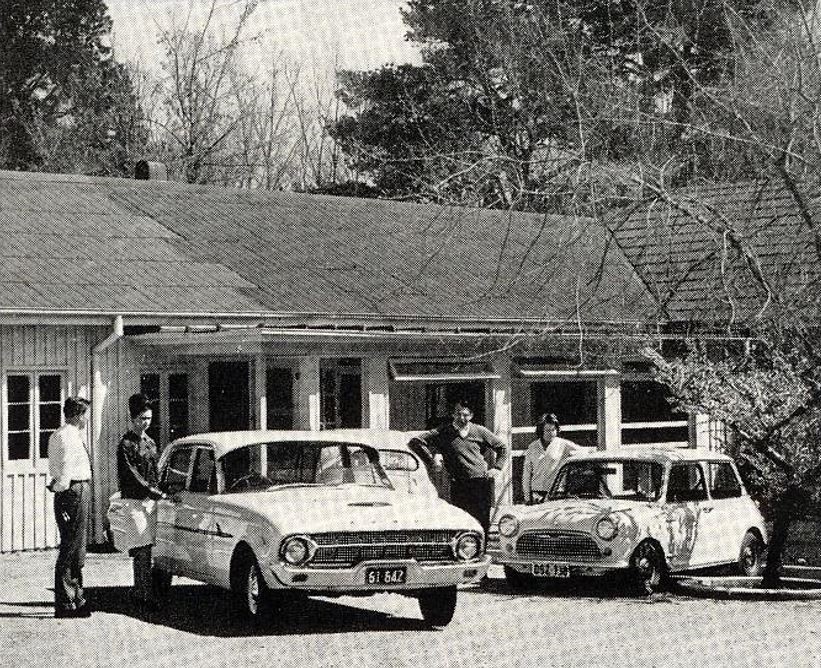|
|
||
|
||
|
Privacy Policy | Editorial Policy | Profit Policy | Join the Association | List of Members | Contact us | Index | Links |
||
|
Back Go to page: 1 2 3 4 5 6 7 8 9 10 11 12 13 14 15 16 17 18 19 20 Forward
|
||
|
Page 3 Girl.
Our lovely Page 3 girl this edition is Maggie Anderson.
|
||
|
|
||
|
|
||
|
Maggie says: “I was an air force brat from the word go. Way back to
world war 2 when I was born, my Air Force dad was still away on active
duty. This affiliation has continued throughout my live. As a teenager
to further my education, I attended the Emily McPherson College of
Domestic Economy in Melbourne where I was introduced to the pretty Appy
boys in
At age 17 I began my nursing training at Footscray District Hospital but that got side-tracked when I met and married Ray “Jess” White, a Teleg, but who is now sadly deceased. Onward through the years I met and married the redoubtable Ted McEvoy, Radtech extraordinaire. Of course, just after we were married he was sent off to Vietnam with the Caribous and on his return we started our family.
We enjoyed a series of postings during our married life including Pearce, Richmond (X2) Williamtown and Butterworth (1972 – 1975). While in Malaysia, I worked at RRB and continued the McEvoy breeding program. We returned to Australia to Laverton in winter and then to the warmer climes (?) of Richmond. By now Ted had done his time in the RAAF and he took a discharge. In 1980 we rented our house in Nth Richmond, I quit my job at a doctor’s surgery in Hobartville and we bought “old reliable” an FJ Landcruiser and as a family went feral and travelled our wide brown land...renewing many friendships along the way, making new ones and camping out in weird and wonderful places. Our 2 daughters gained a different education that year and more fun too.
At the end of our travels we sold the house in Richmond and moved back to WA as Civvies with Ted going to work for Elders in west Perth . Some years later after a sadness occurred in our family, Ted and I parted company. I completed my nursing studies at the Uni in WA and in the following years, I had many roles in the nursing game, including nurse manager, charge sister and allied health lecturer at ECU in WA.
In 1996, I took a year off, bought a 4X4 Holden ute, kitted it out as a camping machine and headed off around Australia in an anti-clockwise direction – all by myself. When I’d finished I had travelled 23,000 klms. After that, I went back to work for a year of two, then remembering how much I liked Queensland, and as my girl friend was also in Qld, I packed up and headed east.
I ended up north of Brisbane on the beautiful Sunshine Coast where I now
live. I went back to nursing, though this time as a clinical facilitator
for
Our two girls live on opposite sides of the country, the elder Fiona lives in Geraldton in WA and recently suffered breast cancer from which she is now recovering. Ted and I would like to thank all our old RAAF friends who helped us through this trying time during Fiona’s treatment.
Daughter number two, who lives near me in Nambour and who insisted I write this story, is a great comfort and support, especially during my recent back surgery.
Anything Air Force still causes me to prick up my ears and as I regularly receive the RAM on line, I love to check out old names and faces and then to wonder where the years have gone.
This is just called LIFE!!.....I believe
|
||
|
As we often say, common sense is like deodorant, the people who need it most never use it.
We’re now into Surf gear??
|
||
|
|
||
|
9/90 Radtechs
Geoff Hudd sent us this, he says: “I see you have no course photos of us ‘Thicks’ yet. Here is one to start your collection, 9/90 RADs Course. I started on 8/89, but graduated with these guys, long story. Think we graduated around Nov/Dec 91.
Names? (Can’t remember most of them, will look into it)
Hope that helps, will see if I can get more details, great website, keep up the good work.
|
||
|
|
||
|
Back Row L-R: Geoff Hudd (Me) , Don’t know, Don’t know, Don’t know. Middle Row L-R: ,? Fong, Ugboot ?, Jason Hastie, Carl Trindorfer, Don’t know. Front Row L-R: Shane “Moona” Mooney (retired Flt Lt), Don’t know, E.W Gidley (CO), John Speirs, Craig Bodecot.
|
||
|
29 RMT
|
||
|
|
||
|
Geoff Prisk and Barry Lewis, on 29 RMT, in 1969.
|
||
|
Ballarat.
We heard from Kevin O’Reilly, he says: “You might also be interested in the attached article I wrote for the Aviation Historical Society. I do have these photos if you were interested. The attrition rate for these young men early in the war was horrific. These photos were taken by airman Tom Worley in Jan 1941 shortly after the base was opened. He was killed in the UK in a Wellington while training.
Regards, Kevin OReilly
Ballarat WAGs of Hut 15
|
||
|
|
||
|
Church parade in the Ballarat Theatre. 1941.
|
||
|
Some time ago, a builder who was demolishing an old suburban house in Melbourne, noticed an envelope with faded snapshots dumped in a rubbish skip. On having recognising these as Air Force related he fortunately kept them and passed them to me for interest and preservation.
Thanks to the diligence of the photographer, (presumably Thomas Worley who was on the same course and whose kit bag number appears in one shot) names have been included on the back of some and as a result the writer has been able to identify all members of the WAG (Wireless Operator/Air Gunner) course 9A which commenced on January 9 1941 at the recently opened Ballarat Base (No1 WAGs) and who resided in Hut 15. These young men who had volunteered were responding to a call to arms for air crew at the behest of the Empire Air Training Scheme which undertook to supply partly trained airmen for the defence of England. It is easy to see, on looking at their faces, that these young fellows were full of enthusiasm for the adventures that were ahead of them. Sadly, of the 14 occupants of Hut 15, only 4 would survive World War 2 and most would be killed within two years of their training. The attrition rate amongst the early air crews in this war was horrific.
|
||
|
|
||
|
Ballarat Theatre.
|
||
|
|
||
|
|
||
|
Airmans' living conditions - Ballarat. 1941. |
||
|
|
||
|
|
||
|
|
||
|
Panic night - Ballarat. 1941. |
||
|
|
||
|
|
||
|
|
||
|
Keeping cool - Ballarat. 1941. |
||
|
|
||
|
My neighbour knocked on my door at 2:30am this morning, can you believe that - 2:30am? lucky for him I was still up playing my Bagpipes.
|
||
|
What did you do in the war daddy? |
||
|
|
||
|
|
||
|
||
|
|
||
|
|
||
|
||
|
Tough job at Wagga! |
||
|
|
||
|
|
||
|
|
||
|
Dan Windever (above) was with Exam Flight at Wagga in 1987 and was invited to lots of cooks and advanced cooks graduation buffets where there was lots of sampling.
Dan says, it was a tough job, but someone had to do it.
|
||
|
|
||
|
Typical Airman’s Mess dinner perhaps???
|
||
|
113 RTC
|
||
|
|
||
|
|
||
|
Mick Hawkes sent us this pic (above), but he doesn’t have the names, can you help?? |
||
|
|
||
|
9 Sqn at Jeffman in Irian Jaya 1976.
|
||
|
|
||
|
L-R: Paul Jacobsen, Jake Henson, “Spider” Rider, Steve Keable, Steve Curnow, David Russell, Don’t know.
On the 29 July, 1977, during Operation Cenderawasih (Bird of Paradise) in Western New Guinea (or Irian Jaya, Indonesia), two Iroquois helicopters of No 9 Squadron, were sent from Wamena to convey an Australian Army party engaged in geodetic survey work to an airstrip across the mountains. Heavy cloud caused the mission to be aborted and the two aircraft were returning to base when machine A2-379 went missing with five personnel on board. The lost aircraft was located early the next day in a moss forest at an altitude of 10,000 feet (3000 metres).
Two Army personnel were winched 60 metres through the jungle canopy to the wreck below and found that, apart from the pilot, all on board had survived though three were seriously injured. A Special Air Service patrol team from Darwin was inserted to protect the wreck while recovery operations were carried out over the next week.
|
||
|
5 Sqn Farewell. August 1977.
|
||
|
|
||
|
L-R: John Gibson, Rod Smith, Peter Praniess, Peter Wattie, Bob Cook, Bill Brown, Peter Armstrong, Terry Pinkerton, Slim Reeves, Tony Huntley and squatting Garth Hutchinson. Absent I know are Mike Ryan, Brian Rose, Bob Mitchell, possibly Trevor Hamill, Scouse Warbrick, Tom Kajevic and Kym Manuel.
|
||
|
The above blokes were farewelling Peter Wattie who had recently retired as a Crewy. Kym Manuel provided the pic.
|
||
|
All you need in life is a little love and care. But a little chocolate now and then doesn't hurt.
|
||
|
U2 at Laverton.
|
||
|
|
||
|
|
||
|
John Elliott sent us this pic, it was taken way back when the U2’s operated out of Laverton and would climb out to about 250,000ft, wiz across the Tasman and snoop on the Kiwi All Blacks’ training nights and then sell the info to the Wallaby hierarchy.
That’s true – John told me!!!
|
||
|
The Pope and an atheist were arguing over the existence of God. The Pope says, "Your existence is as if you're in a dark room, and you're blindfolded, and you're trying to find a black cat that isn't there." And the guy says, "And you're blindfolded, and in a darkroom, searching for a black cat that isn't there…BUT, you've found it."
|
||
|
The R.A.A.F. at Canberra
The following is taken from “Canberra up-to-date (1965)” – a book that was a “Guide to Visitors and Businessmen, giving useful up-to-date facts about Australia’s National Capital”.
The RAAF maintains two establishments in Canberra — RAAF Base Fairbairn and the National Meteorological Transmitting Station near Gungahlin. RAAF Base, Fairbairn. has an interesting history which goes back to the early days of World War ll. On 1st April. 1940. a Royal Australian Air Force establishment, then known as RAAF Station Canberra, was officially opened and placed under the temporary command of Squadron Leader P. G. Heffernan AFC, who was the Commanding Officer of No. 8 Squadron. 8 Squadron had reformed in Canberra on the 11th September, 1939, at the outbreak of the Second World War and began conducting patrols and searches and providing transportation services from January 1940. A number of 8 Squadron personnel were posted to Station Headquarters, Canberra, to establish a nucleus of personnel for the new station. An orderly room was established in an office at the civil aerodrome administrative building.
|
||
|
|
||
|
Narellan House, (demolished May 1992) a low-tariff hostel within easy walking distance of the city’s main shopping and entertainment area.
|
||
|
It is interesting to note that at that time sleeping quarters for RAAF
personnel stationed at Canberra consisted solely of tents. From 1940
until the cessation of hostilities, RAAF Station, Canberra, was an
operational base for anti-submarine patrols and a training school for
Army co-operation personnel. On 18th February, 1941, the then Minister
for Air, Mr.
On completion of the movement of the Department of Air from Melbourne to Canberra and to facilitate administrative arrangements for the RAAF units located at RAAF Base, Canberra, it was decided that, as from the 19th March, 1962, the name RAAF Base Canberra, would be changed to RAAF Base, Fairbairn. Today RAAF Base, Fairbairn, is the home of No. 34 Squadron (previously known as No. 34 VIP Flight), No. 9 Squadron, now operating the Bell Iroquois Helicopter, the RAAF Staff College and a Base Squadron which provides the equipment, transport and all other "domestic" requirements of the Base. Total personnel strength of the three squadrons and the RAAF Staff College is 532. No. 34 Squadron is a Special Transport Squadron operating Viscount, Convair Metropolitan and Dakota aircraft.
Gungahlin.
The RAAF Gungahlin Wireless Transmitting Station, on the Yass Road, adjacent to Canberra occupies about 79 acres. Formerly owned by Dr. J. F. Watson, the land was acquired by the RAAF in March, 1940. From its inception and during the war years, Gungahlin was a joint Naval and Air Force venture. Today (1962), it is wholly owned and operated by the RAAF for meteorological broadcasts on behalf of the Meteorological Bureau. Since 1932 the RAAF has been regularly broadcasting weather information for the Bureau. Initially, these broadcasts were made in morse code by hand, and later by automatic morse and radio teletype. Today, modern equipment has been installed which introduces the "Facsimile Weather Chart Broadcasts", bringing RAAF broadcasts to a standard equal to the world's best. The information presented is invaluable to both civil and service aircraft, shipping and weather forecasts. Gungahlin's is the only meteorological facsimile transmission emanating from Australia. Its broadcasts are capable of reception anywhere within 'region five" of the world's meteorological divisions.
Amazingly, "Canberra up-to-date" was able to get their hands on and then publish the names of all RAAF personnel who were on staff at Fairburn in 1967. Imagine doing that now!!!!
You can see the list HERE!
|
||
|
|
||
|
|
||
|
|
||
|
|
||
|
|
||
|
Back Go to page: 1 2 3 4 5 6 7 8 9 10 11 12 13 14 15 16 17 18 19 20 Forward |
||
|
|

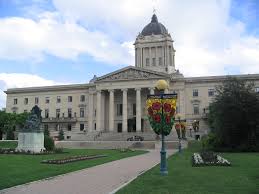 their blue uniforms. The college backed onto RMIT and every lunch time
the RAAF boys came down the back stairs to sit on the lawns and chat up
the girls from the college. Many “friendships” and “relationships’ were
commenced in those days and have continued throughout our lives.
their blue uniforms. The college backed onto RMIT and every lunch time
the RAAF boys came down the back stairs to sit on the lawns and chat up
the girls from the college. Many “friendships” and “relationships’ were
commenced in those days and have continued throughout our lives.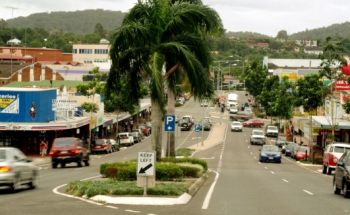 student nurses at the Nambour TAFE, QUT and the Australian Catholic Uni,
a job I held for 9 years until I retired.
student nurses at the Nambour TAFE, QUT and the Australian Catholic Uni,
a job I held for 9 years until I retired.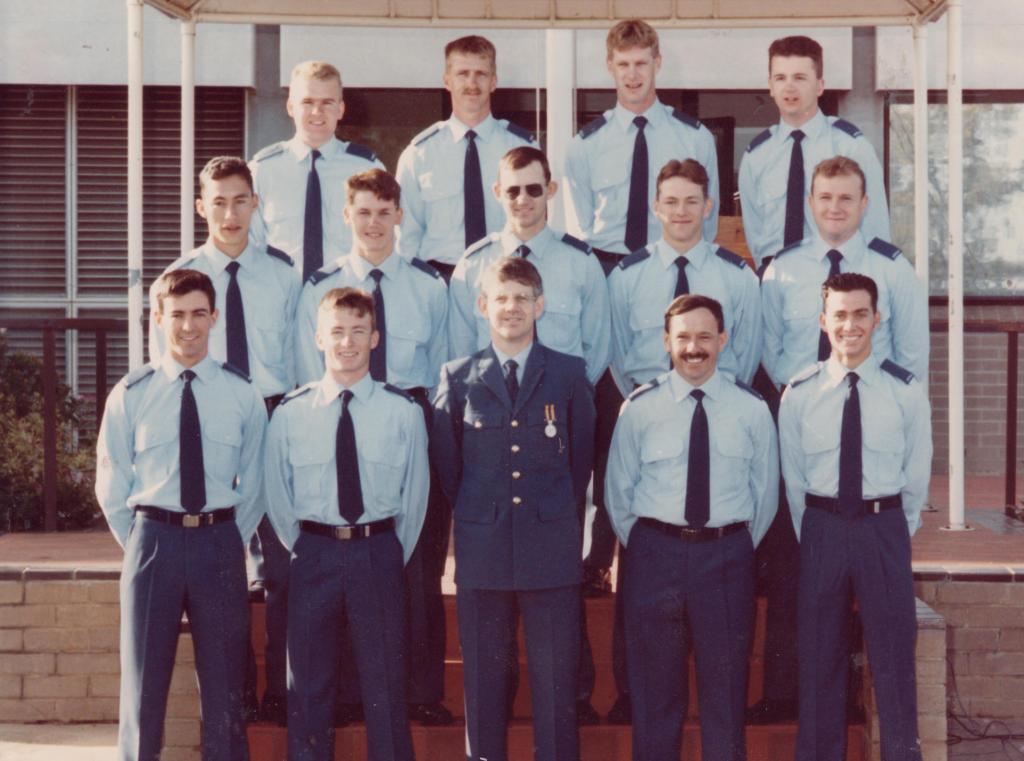
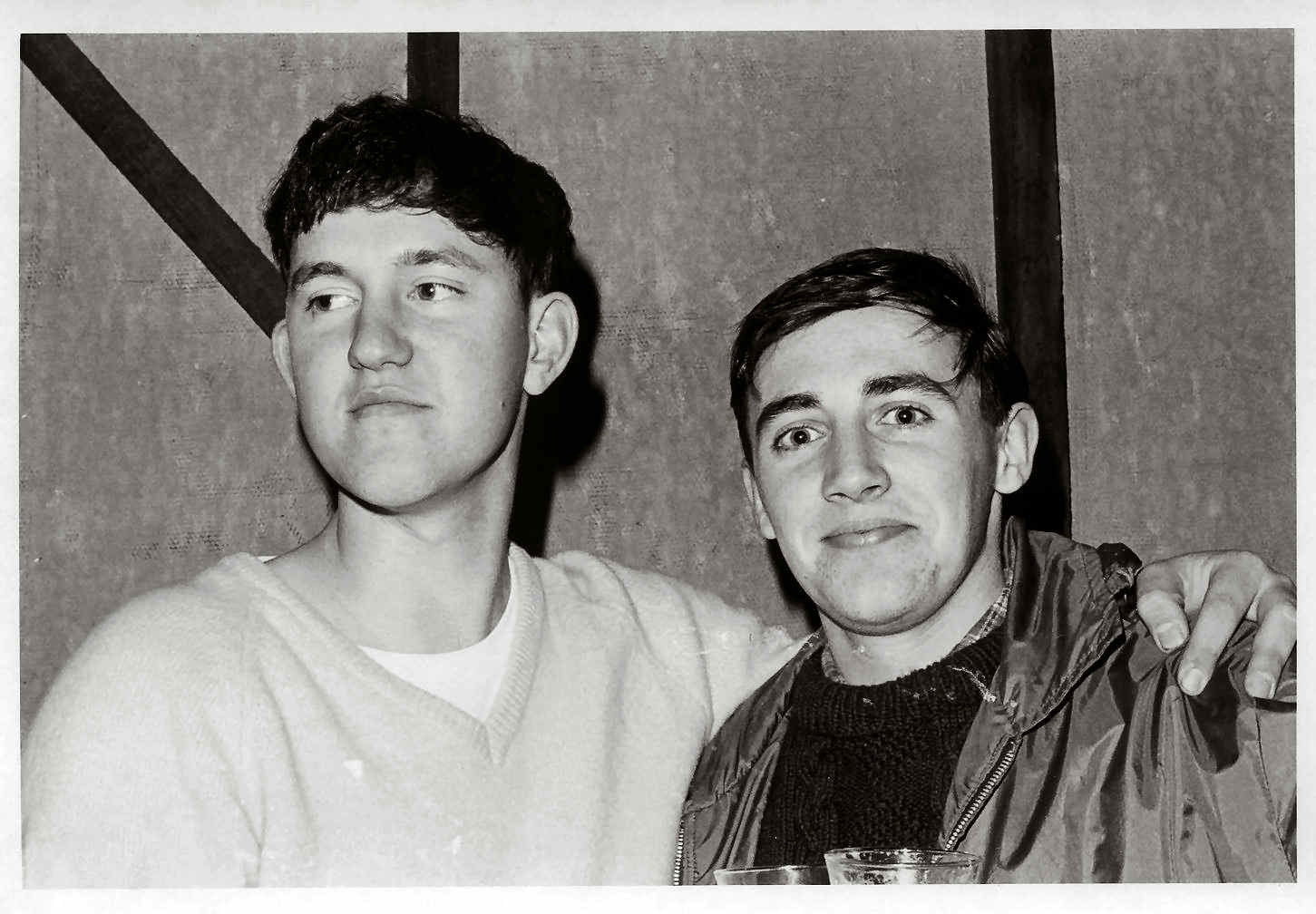
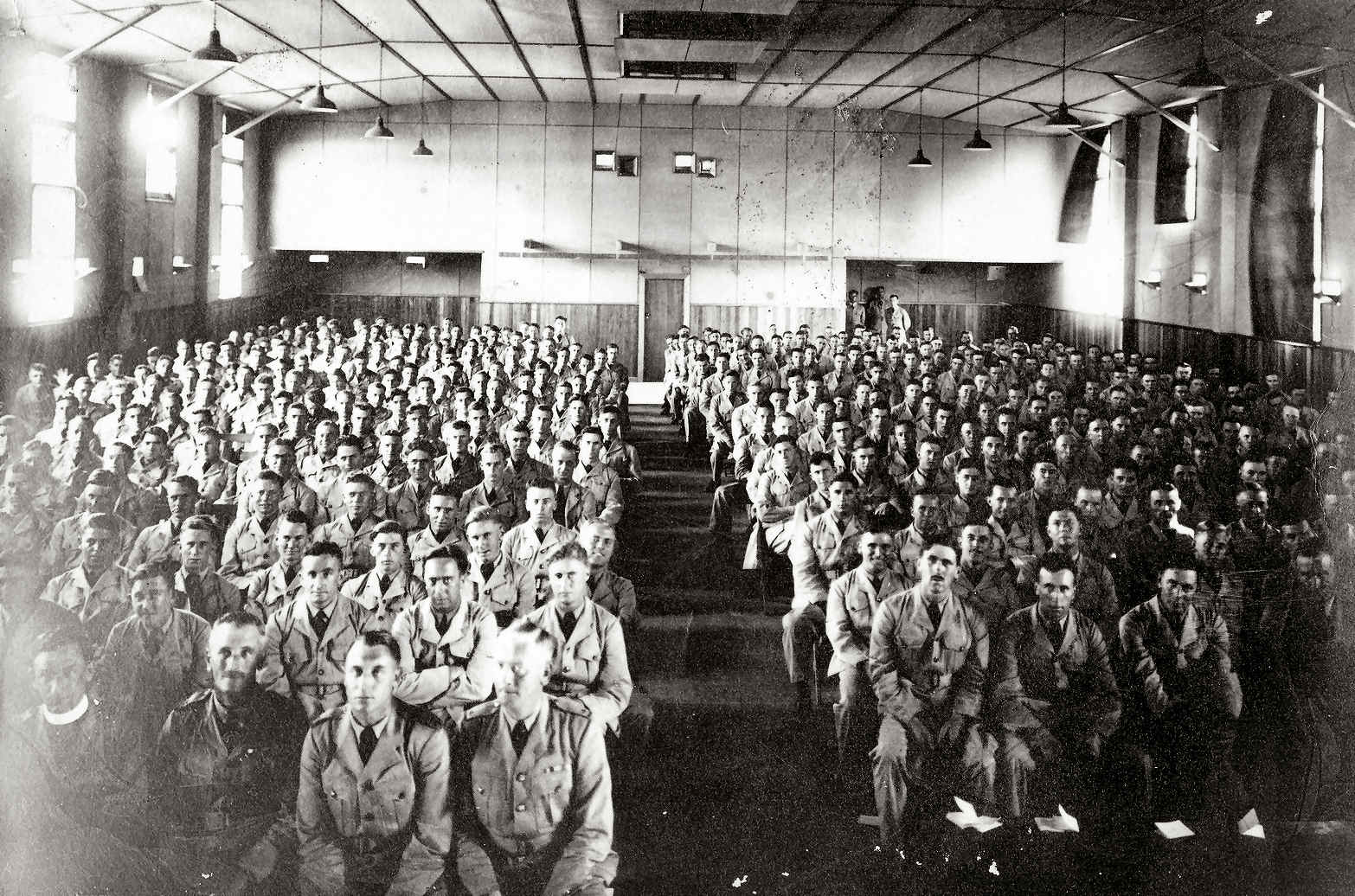
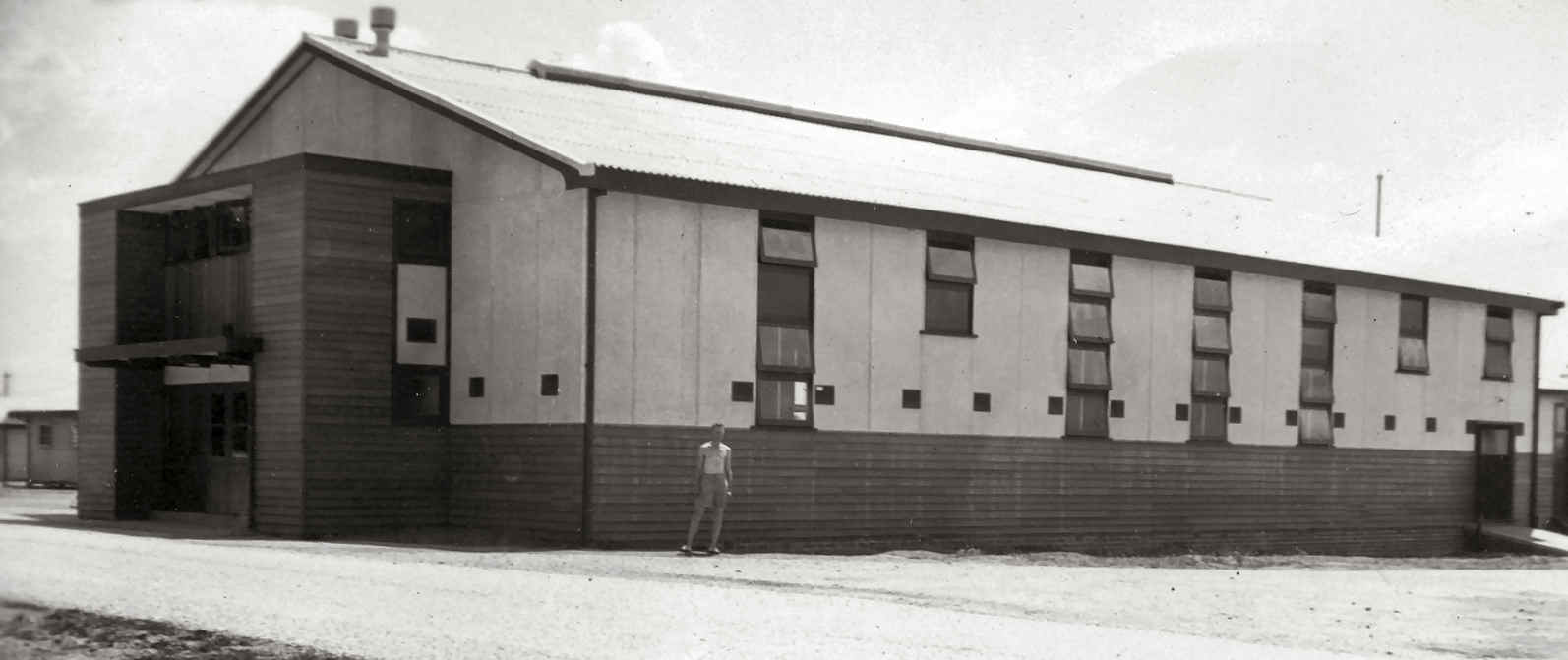
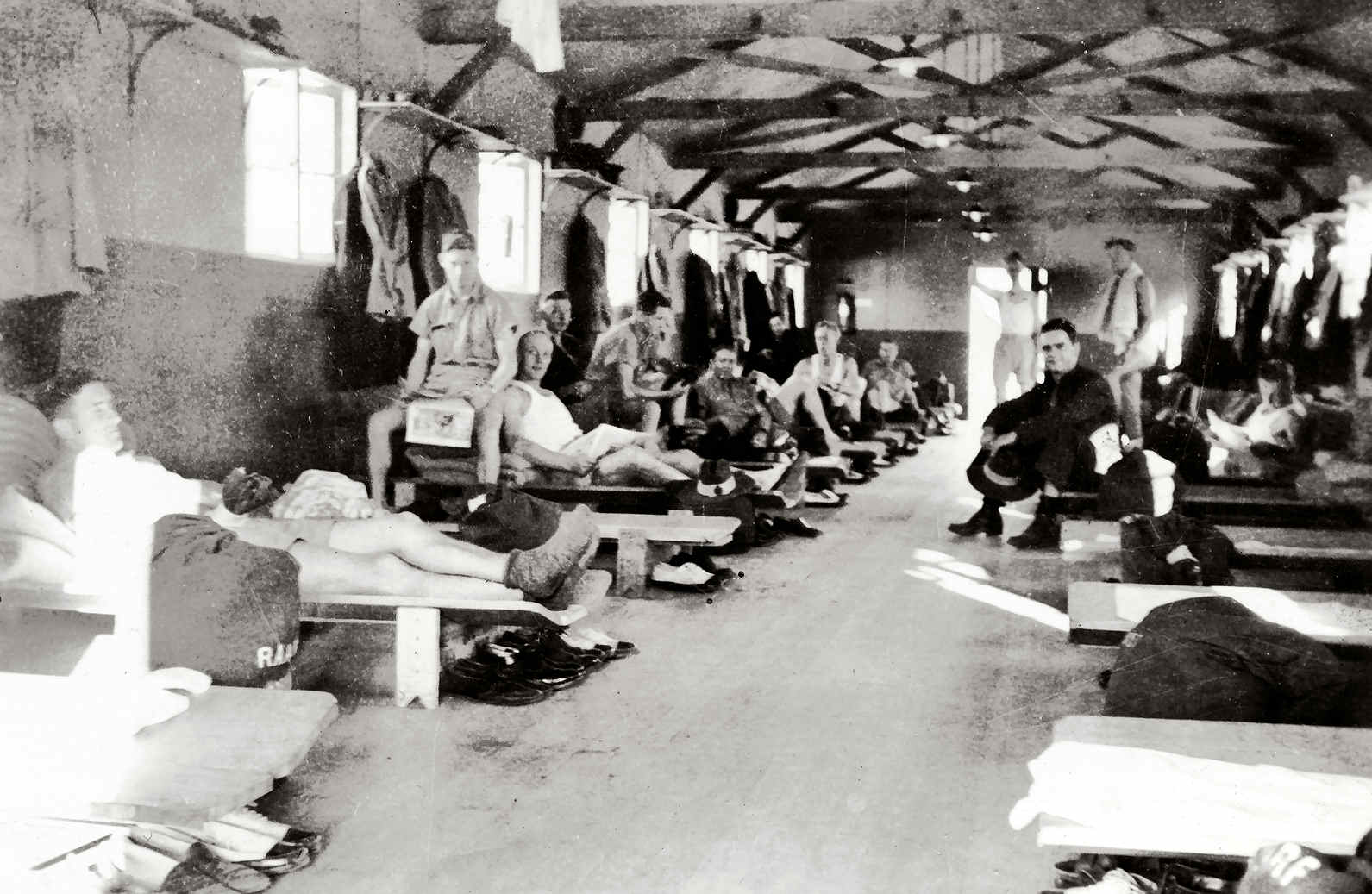
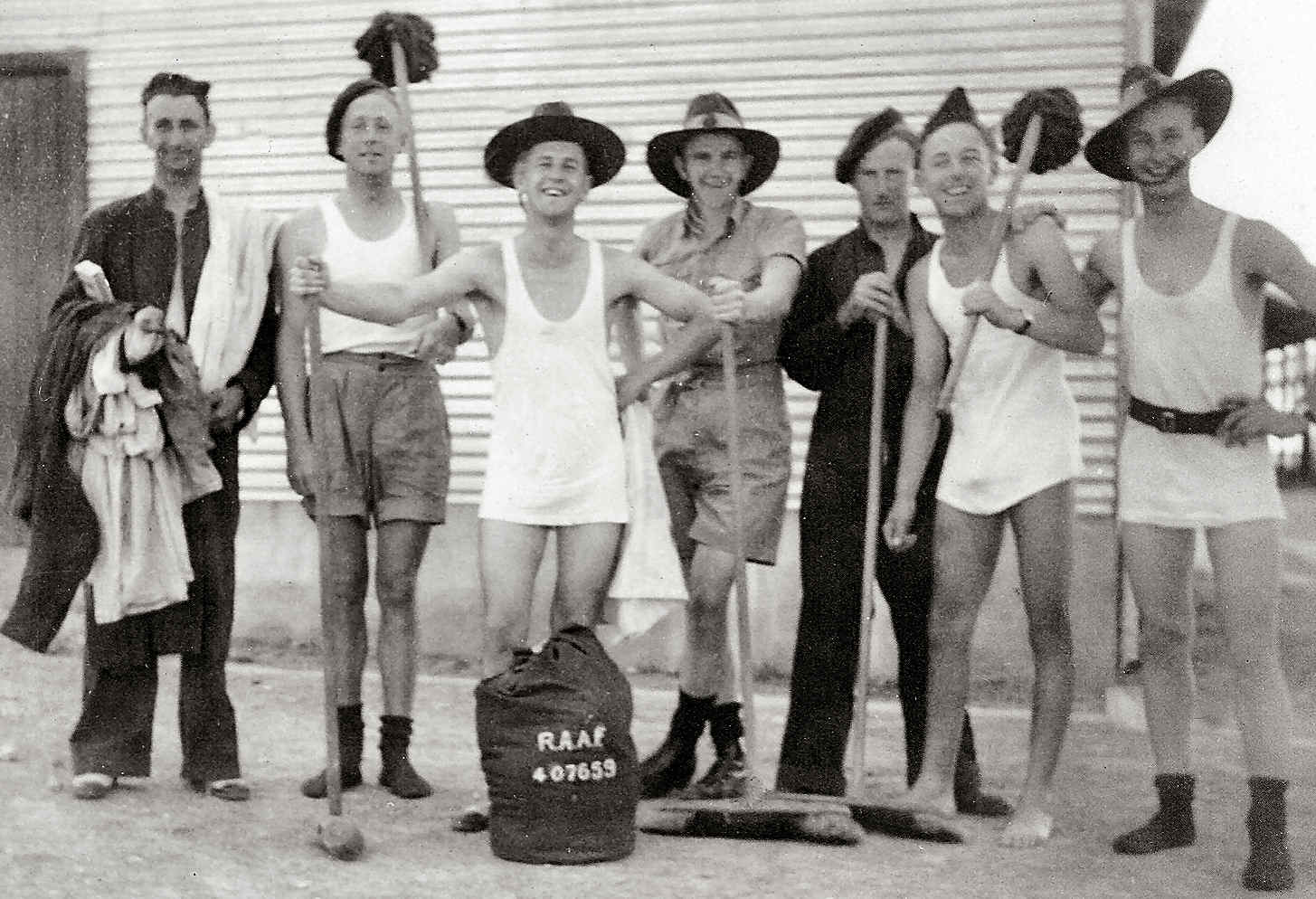
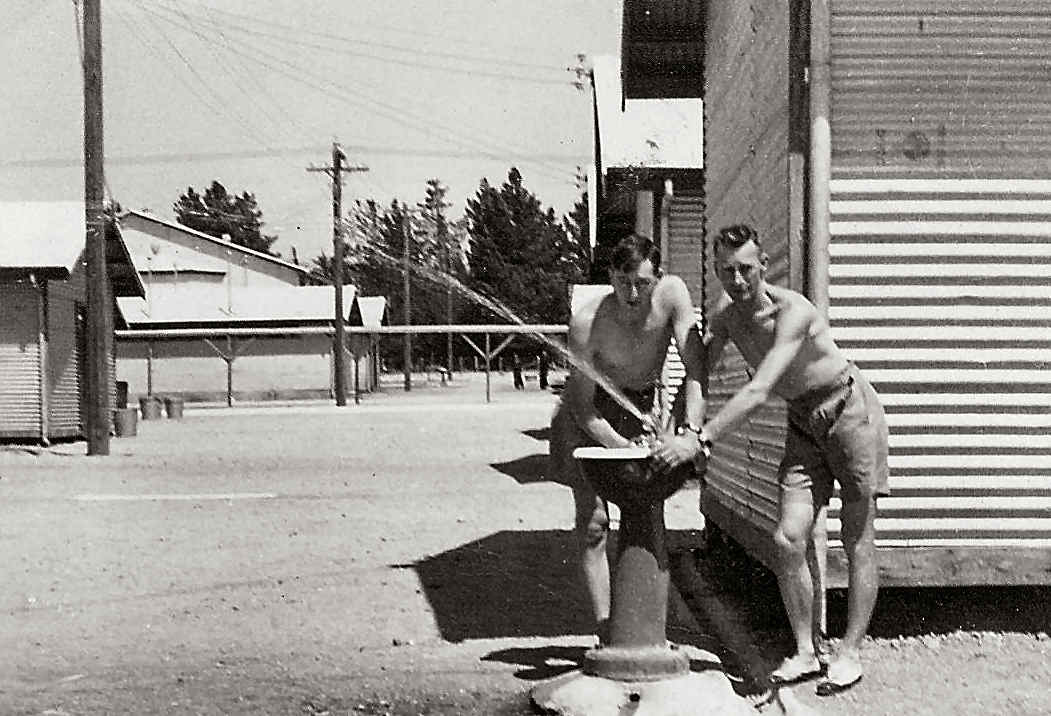
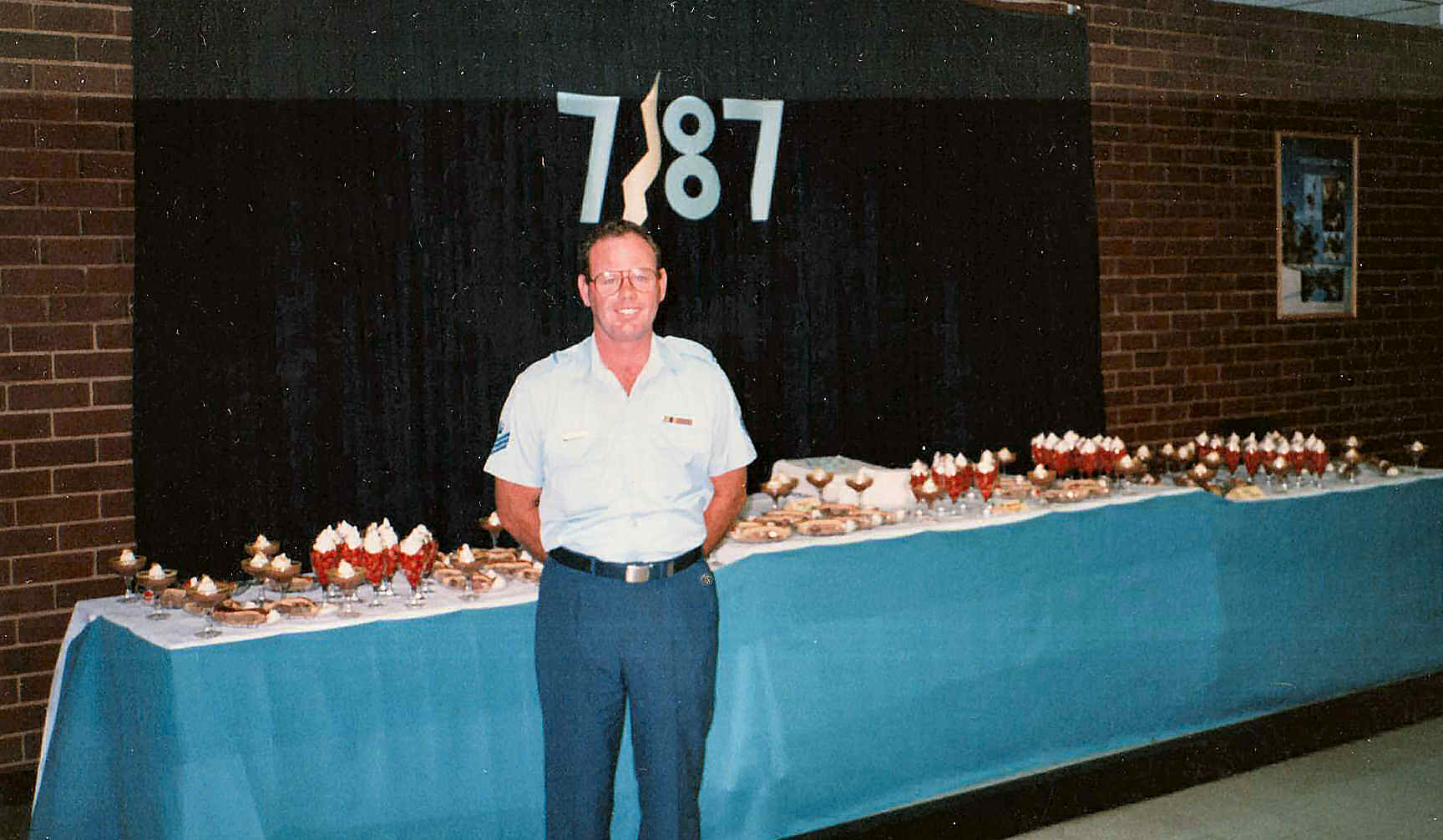
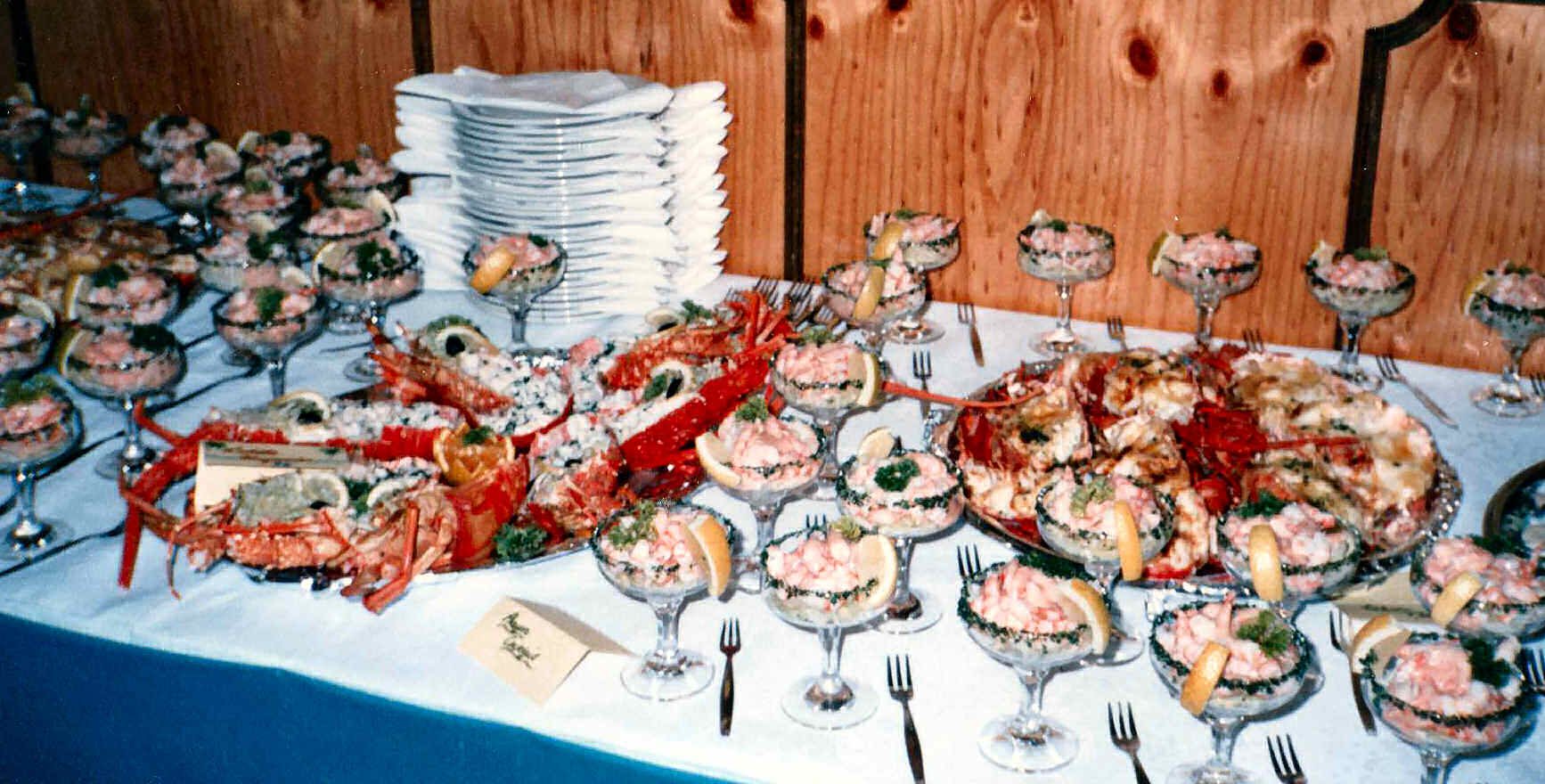
.jpg)
